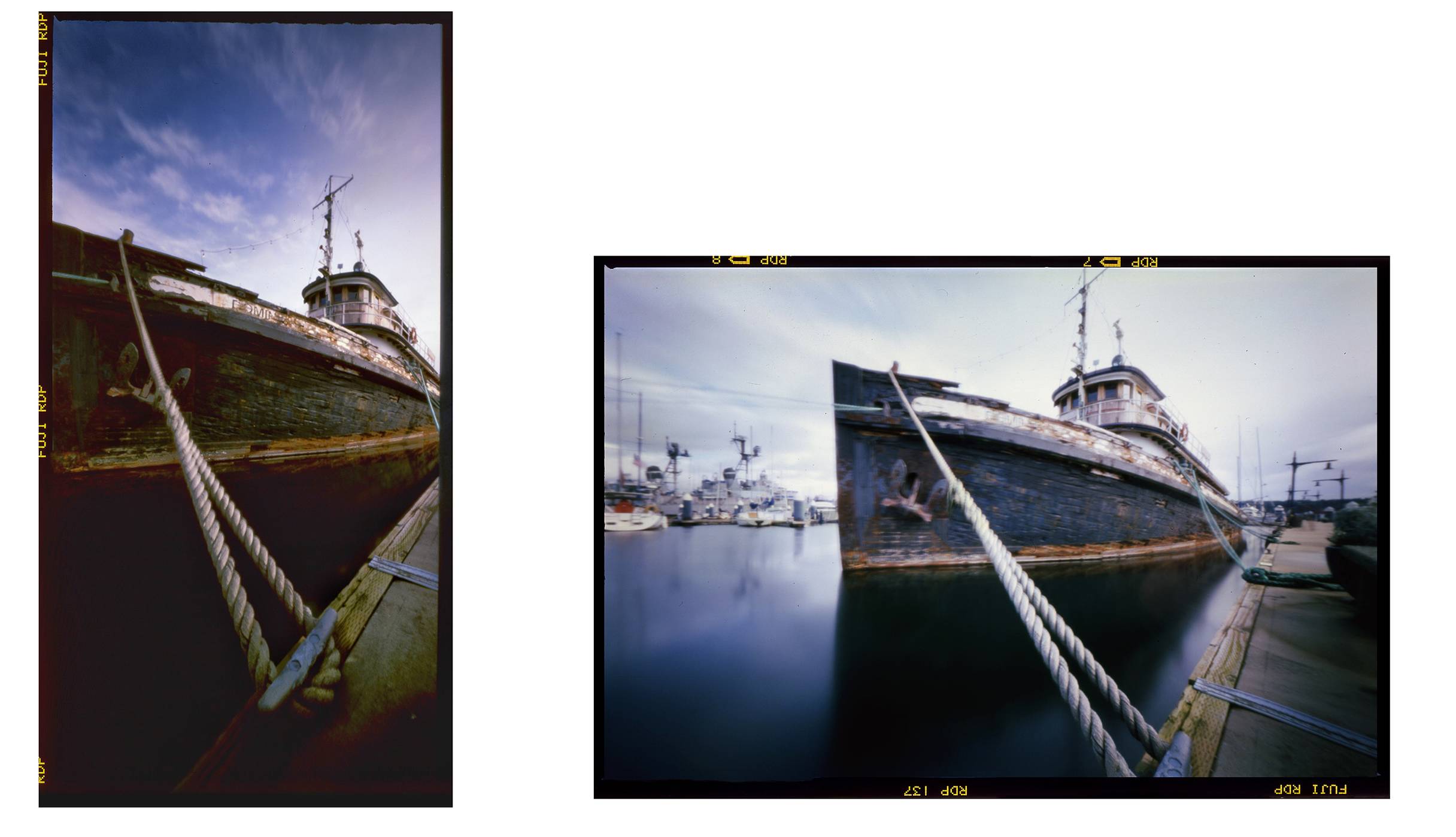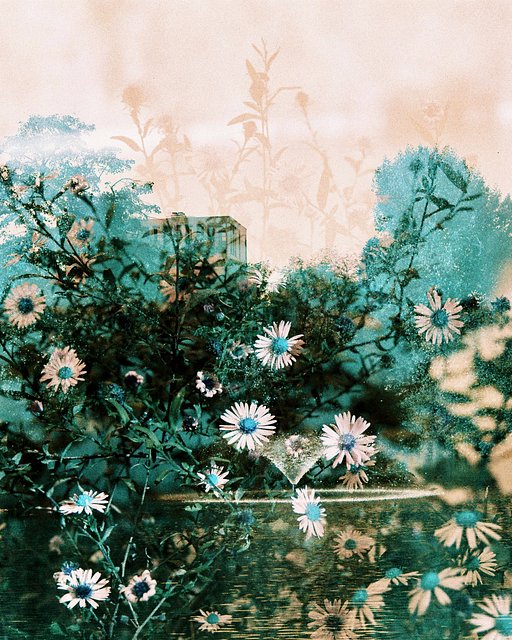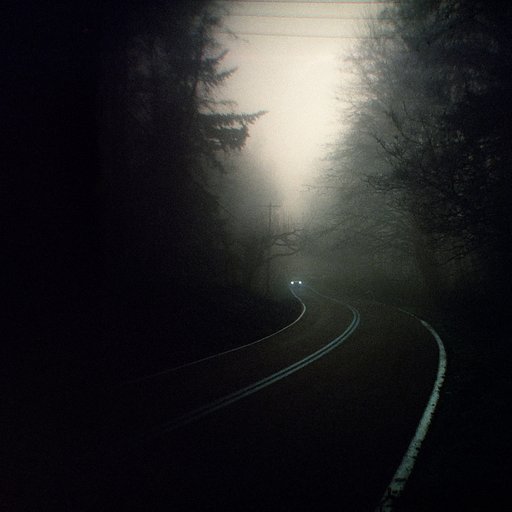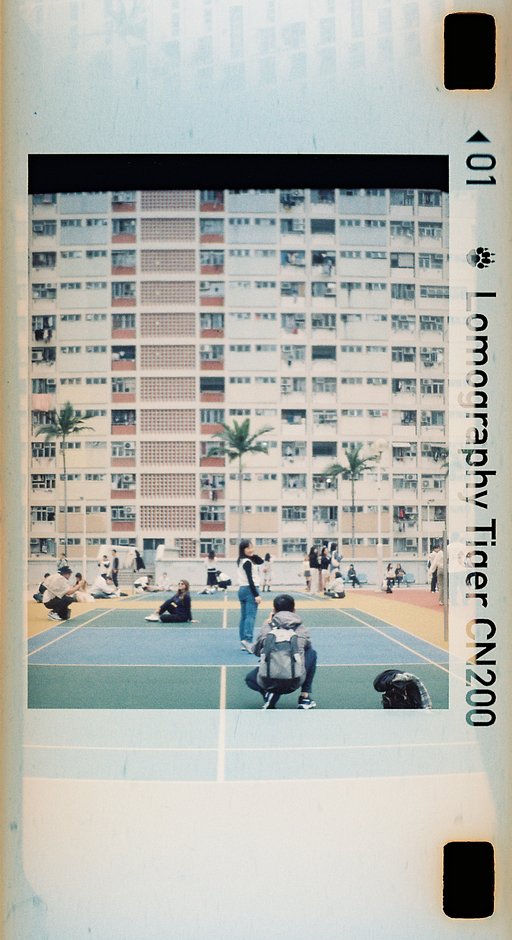Further Explorations On Pinhole Cameras
6 21 Share TweetA long-time fan of plastic cameras, Argentinean writer and photographer Lorraine Healy is the author of “Tricks With A Plastic Wonder,” a manual for achieving better results with a Holga camera. In this article, Healy continues on her journey of learning how to use pinhole cameras, playing with other new medium format cameras.

A few months ago, I wrote about my new enthusiasm (in my house it has been called “obsession”!) with pinhole cameras. Since that time, I have added a couple of cameras to my growing arsenal, tried every film I could possibly pair with a pinhole camera, joined a wonderful meet-up group of pinholers and have gone on day-long pinhole shots once a month. I have taken a few images of interiors, done a few experiments. like running 35mm film through the Flyer 6x6 pinhole, and thought about the whole fascination with this type of photography that seems to have come over me.

One of the biggest challenges of pinhole cameras is understanding the extreme wide angles one is dealing with. Of the cameras I’m shooting with now, the RSS 6x6 is probably the widest (maybe a 7-10mm equivalent in 35mm terms). In the image above, the fallen leaf is literally one inch away from the camera. In the two images below, almost identical shots taken with the RSS6x6 and the TerraPin Oskar 6x9, these wooden remnants of a structure were at most two inches away from the cameras.

In the next diptych, both cameras were set next to the log itself. I was using the same film with both (Fuji Velvia 50) and the RSS6x6 and TerraPin 6x9 have the same focal length, f/165. The exposures were exactly the same, the images are similar but imbued by each camera’s distinct format.

Another challenge: Getting my fingers out of the frame when exposures are “fast”! When it is sunny and bright outside, even using ISO 25, ISO 50 or ISO 100 film will result on a “fast exposure” of under one second. It’s hard to push or dial a shutter open and closed that fast and not get a finger or two in the frame.

Joining the Seattle Camera Obscura Photography Enthusiasts Society Meetup meant that not only did I find a great group of fellow photographers with whom to go on pinhole outings once a month, but I also got to meet Todd Schemmer, a.k.a. The Schlemm, creator of the TerraPin group of pinhole cameras. Todd is a true Renaissance man: a firefighter; an EMT; a man who experiments with various ways to make bread; a pinhole wiz who designs his own cameras, 3D prints them, and makes his plans available to all through the 3D Commons. He is also the organizer of the Seattle Pinhole Meetup. His TerraPin cameras are fantastic: well-designed, light, compact, fun looking. You can take a look at Todd’s creations here
I bought two TerraPin cameras from Todd, a 6x9 first and added a 6x6 a month later. Here are some images taken with each of them:


I ended the previous pinhole article wishing these wonderful creators of cameras would make 35mm versions (and some do already). While there is a school of thought that considers that 35mm is too small a canvas for pinhole, I just like the idea of having more shots available in one roll. I experimented with putting 35mm film through the Pinhole Flyer 6x6, both color and b&w. I “guesstimated” that turning the film knob 1 ½ full turns would ensure that the images would not overlap too much. And of course, it would mean shooting through the sprockets, a look I love.

On the ancillary side, I learned to set up the Pinhole Assist app in a better way, so that by activating the timer function, the app will take a small photo and keep track of my settings and info for each shot. So now I only have to use this one app for pinholes, while still using the Light Meter app for my other cameras.

I keep thinking about how strongly enthralled to this pinhole process I have become. One of the things I love about it is I now re-look at my entire world thinking what it would look like in a pinhole exposure. I love the fact that pinhole cameras have made me want to visit and photograph every accessible inch of coast at home on Whidbey and other places nearby. I know that I’m still new enough at this that I am hooked to the more obvious subject matters: moving waters, clouds in the sky, county fairs. But I have expanded a little bit, and shot some interiors at home and in the barn, and played with finding different sorts of movement, like taking the OSKAR to my spinning class.


As I leave for a few days in Buenos Aires, I am taking both TerraPin cameras, abundant film, and some ideas about how to break out from “obvious” pinhole subject matter or things I have not tried yet. The biggest challenge right now seems to be breaking away from the horizon line cutting through the middle of the image!

Don’t forget that Sunday April 29 is Worldwide Pinhole Day! Go to their website to check out pinhole events near you.
Lorraine Healy (@lorrainehealy) is an Argentinean writer and photographer living in the Pacific Northwest. A long-time fan of plastic cameras and she is the author of “Tricks With A Plastic Wonder,” a manual for achieving better results with a Holga camera, available as an eBook from Amazon.com.
written by Lorraine Healy on 2018-04-09 #gear #pinhole #medium-format #120 #color #gear #b-w #reality-so-subtle #pinhole-flyer #3d-printed-cameras-pinhole-assist-app #pocket-light-meter #terra-pin-cameras #terra-pin #sch-laboratory
















6 Comments